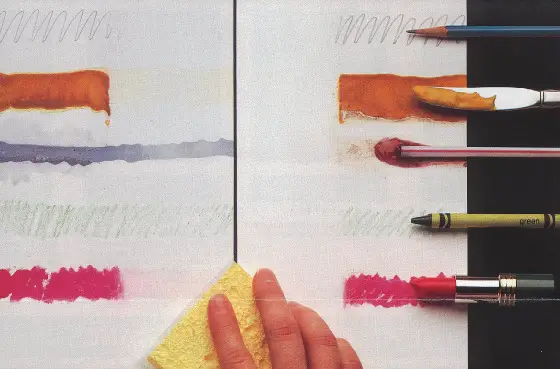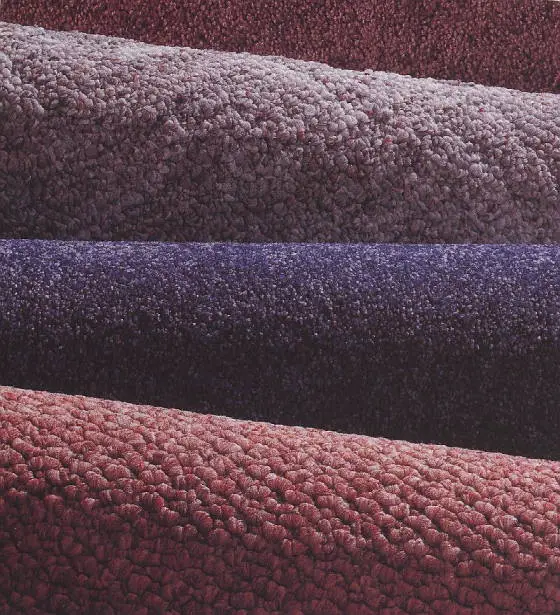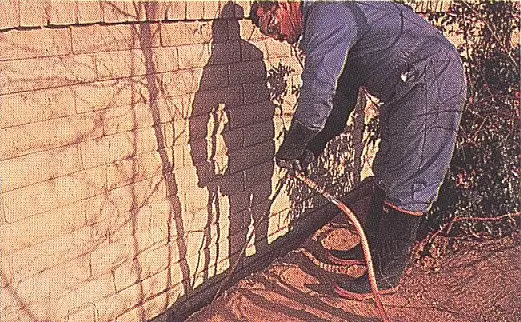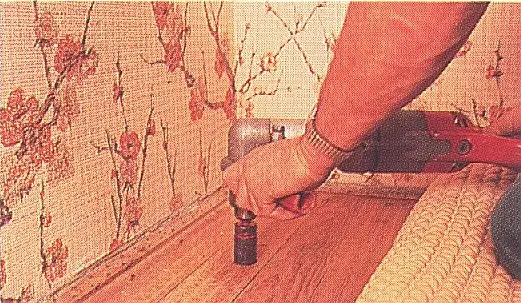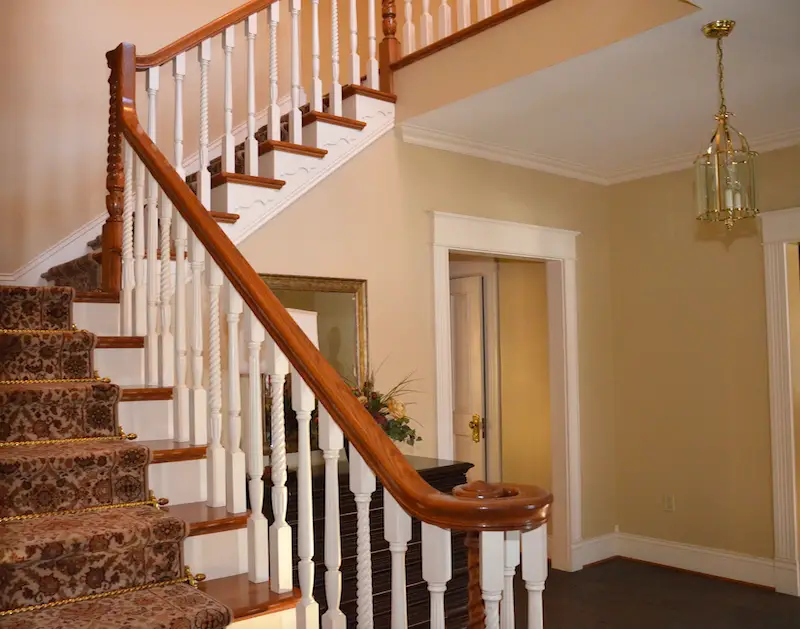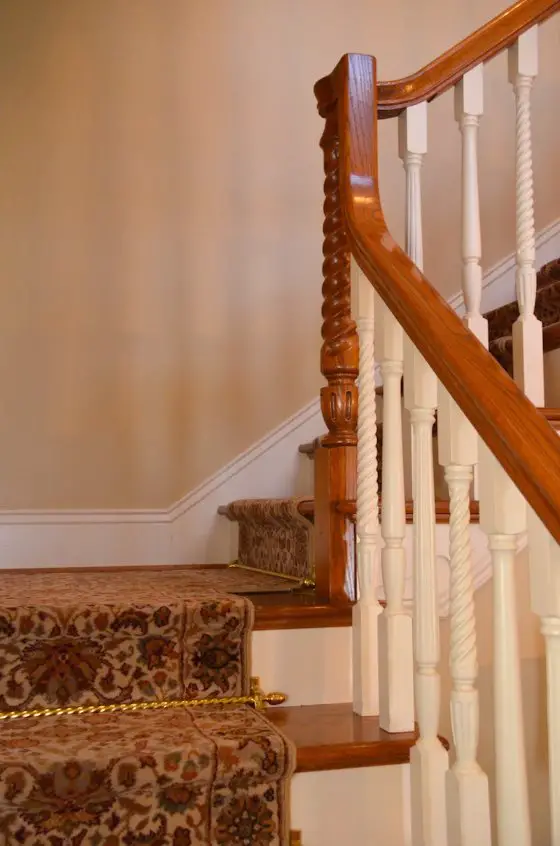DEAR TIM: Every time two or more plumbing fixtures are used in my brand new house the water pressure is horrible. The water flow is reduced to a trickle. When just one fixture is used the water flow is fine. It is very annoying. The plumber who installed the 1/2 inch diameter piping says this is normal. Is there anything that can be done to correct the problem? T. H.
DEAR T. H.: Ah hah! Another victim of slow flow! Did your plumber mumble something about "... normal for undersized pipes"? Don't despair, there is a good chance I can help you with your problem. Thousands of people like you suffer unnecessarily.
It all started a little over 300 years ago with a guy named Robert Boyle. He figured out that when all the faucets are turned off in your house, the pressure is the same just about everywhere in your water piping system. But, when you turn just one faucet on and let water start to flow, crazy things start to happen.
First, when the water leaves the big water main pipe in the street, it has a certain amount of energy. As it starts to go through the pipe under your lawn, it rubs against the edges of the pipe and looses energy. This loss of energy results in a pressure drop. Then, when the water starts going around bends and turns in the pipe, it looses even more energy. Deposits on the inner walls of older pipes, also, can add to this energy loss.
The rate at which water looses energy or pressure depends upon the size of the pipe the water is flowing through. It can be dramatic. Let's say your water pressure is 60 pounds per square inch (PSI) as it enters your house. It's 7 a.m. and 4 people are using two bathrooms. If the water has to travel through just 80 or so feet of 1/2 inch pipe to get to the bathrooms, the pressure, as it leaves any of the bath fixtures, is now only about 28 PSI.
Guess what the pressure would have been had your plumber substituted 3/4 inch pipe for the 1/2 inch pipe? 54 PSI!!! Guess how much extra money it would have cost your (you!) plumber to put this larger pipe up to those two bathrooms? It could have been done for less than $70. You can partially relieve this problem by replacing as much visible 1/2 inch pipe as possible. Do this for both your hot and cold water lines. Replace it with 3/4 inch pipe. In an average sized house, this replacement project can be done by purchasing about $150 worth of pipe and fittings.
If you are getting ready to build a new home, insist on using 1 inch pipe from the street to your house. Assuming your house is 100 feet from the water main, you will only loose 2 PSI by the time the water enters your house. The cost to upgrade to this pipe is often less than $100.
Water pressure problems are easily avoidable. Simply tell your plumber to use 3/4 inch pipe as the main feeder pipe. Only use 1/2 inch pipe to branch off this main pipe as you head to each fixture. Do this, and you will always be singing in the shower.

